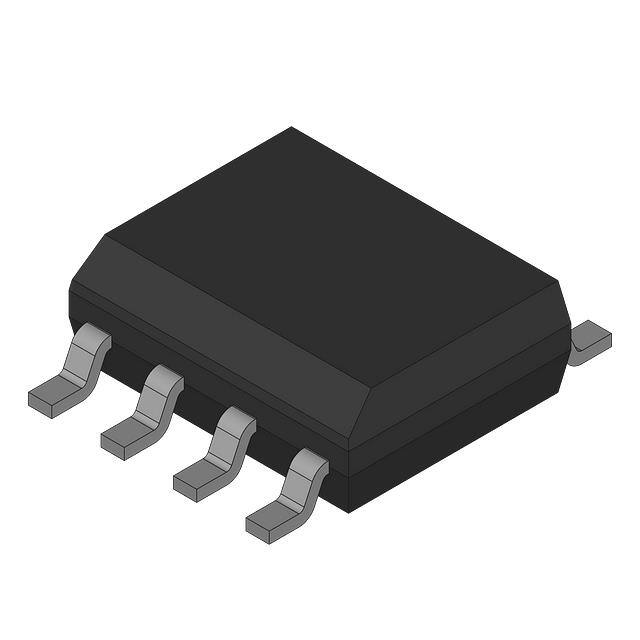US CHIPS Act 2024 in-depth implementation: How to reshape the global semiconductor supply chain and the future of technology
US CHIPS Act in-depth implementation: A milestone for the semiconductor industry in 2024
Background and current situation: Uncertainty in the global supply chain
In 2024, the US CHIPS Act entered a critical stage with policy and financial support. Faced with the global supply chain crisis and growing technological competition pressure in recent years, the United States hopes to enhance the country's technological autonomy and supply chain security by localizing the production of semiconductors. Since the introduction of the bill, chip giants such as TSMC and Intel have responded to expand the construction of manufacturing facilities in the United States, including TSMC's huge investment in Arizona. As the bill is further promoted, the United States gradually reduces its dependence on the Asian supply chain, which not only optimizes the industrial chain structure, but also has a far-reaching impact on the global semiconductor supply chain.
1. Policy core: technological autonomy and supply chain security
The core goal of the CHIPS Act is to ensure the competitiveness of the United States in the semiconductor supply chain by increasing domestic manufacturing capacity. This policy not only attracts foreign investment to set up factories in the United States by providing more than $52 billion in investment, but also enhances the security of chip supply in the context of geopolitics. Such a large-scale investment also demonstrates the United States' determination in technological autonomy and aims to protect the country's technological leadership in the global market.
2. Driven by AI and high-performance computing demand
With the increasing application of AI and big data analysis in industries such as autonomous driving, finance, and healthcare, the global demand for advanced chips has risen sharply. The implementation of the CHIPS Act can ensure the supply of high-end chips in the United States to support the growing demand for domestic AI and data centers. Especially in terms of high-performance GPUs and AI acceleration chips promoted by companies such as NVIDIA and AMD, the manufacturing support provided by the CHIPS Act will help the United States maintain strong competitiveness in the AI market.
In addition, with the popularization of data centers and AI servers, the demand for low-latency, high-performance semiconductor products has exploded. The United States' semiconductor localization policy not only reduces transportation costs, but also enhances the flexibility to respond to emerging markets.
3. Regionalization of the global supply chain: Multiple countries participate in building local manufacturing capabilities
The CHIPS Act not only changed the domestic supply chain structure in the United States, but also triggered a trend of regionalization of global semiconductor production. With Japan, South Korea and the European Union also launching local manufacturing incentive policies, the global supply chain has begun to develop towards multipolarization. The TSMC manufacturing plant built by Japan in Kyushu and the advanced packaging facility established by Samsung in Yokohama, Japan are examples of this trend. This regionalization trend helps to improve the stability and risk resistance of the supply chain in an uncertain international environment.
4. Looking to the future: Challenges and opportunities of the CHIPS Act
Although the CHIPS Act has brought huge development opportunities to the US semiconductor industry, it also faces challenges. On the one hand, the construction and production cycle of chip manufacturing facilities is long, and it may take several years from investment to actual benefits; on the other hand, whether the United States, with its high labor costs, can control costs while maintaining quality has become a focus of continuous attention. In the future, as the domestic manufacturing capabilities of the United States gradually improve, the competitive situation in the semiconductor industry will continue to evolve.


